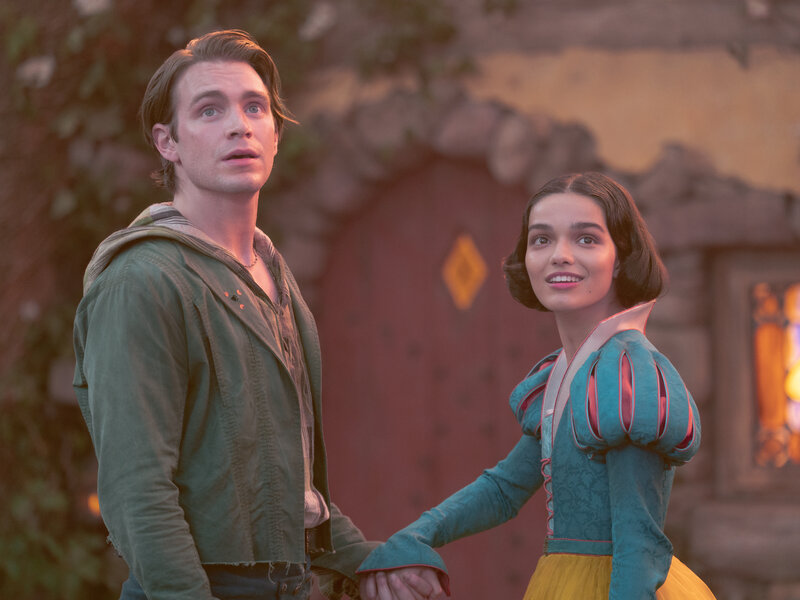Snow White flopped.
It didn’t just open soft—it collapsed. $42.2 million domestic on opening weekend, then a 66% drop the next. Gone. Replaced at the top by a Jason Statham cliche computer.
That’s not a stumble. That’s a rejection.
The budget was over a quarter-billion. The return is turning into a write-off. The reviews were mixed, the audience colder. No real outrage. No strong defense. Just a collective shrug.
That’s the part worth watching.
Because this wasn’t just about a movie. It was about the message. The branding. The identity. Snow White was supposed to be legacy IP—the safe bet. A guaranteed win.
It was a test. And it failed.
So here’s the question: is America still a Disney nation?
It used to be. Mickey Mouse was our cultural shorthand. You knew what he stood for—safe, clean, family-friendly fun. Disney was the house of stories we told about ourselves. Optimism. Morality. Happy endings.
Now the stories are different. Or we are.
Disney’s recent output has been a strange brew. On one hand, you get Inside Out 2 and Moana 2—huge wins. Each passed a billion worldwide. Clearly, the company still knows how to hit a nerve.
But the misses are louder.
The Marvels. Indiana Jones and the Dial of Destiny. Wish. Snow White.
And the excuses aren’t working anymore. It’s not about quality alone. It’s about tone. Intention. Identity. It’s about whether audiences feel like Disney’s talking to them—or talking at them.
And lately, it feels like the latter.
You can blame politics. Or culture. Or the backlash to “wokeism,” if that word still means anything. But underneath it all is something quieter: people don’t feel seen.
That’s the real fracture.
The conservative backlash is loud. The liberal defense is defensive. But in the middle sits the American audience, tired of the fight and wanting something true.
Disney used to provide that.
Now it looks confused. Trying to please everyone and satisfying fewer and fewer. Movies rewritten in post. Marketing strategies walking tightropes. Characters reimagined, then defended before anyone attacks.
That’s not storytelling. That’s hedging.
And it shows.
Snow White became a case study. Not just in branding, but in perception. The casting wasn’t the issue. The controversy wasn’t either. The problem was that audiences smelled the calculation.
And they turned away.
It’s not that America hates diversity. It’s that it hates being pandered to.
That’s the subtlety Disney missed. People want to see themselves, yes—but not as a checkbox. Not as a strategy. As a story.
And if Disney can’t remember that, it’s going to lose the room.
America isn’t where it was twenty years ago. We’re angrier. Louder. But also more fractured. The idea of a single “American story” might be gone.
That’s hard for Disney. Because Disney is the American story. Or was.
Now, it’s just a brand. A big one. A powerful one. But no longer a cultural compass.
And you can see it in the box office. You can hear it in the silence around Snow White.
The old magic doesn’t land anymore. The old assumptions don’t hold.
So what does America want now?
Maybe smaller stories. Truer ones. Less filtered. Less careful.
Or maybe it still wants wonder—but the kind that doesn’t lecture. The kind that invites, not insists.
Disney can still offer that. It still has the best tools in the world.
But it has to remember who it’s talking to.
Not a market. Not a demo. A country.
And right now, that country’s not buying what Disney’s selling.

